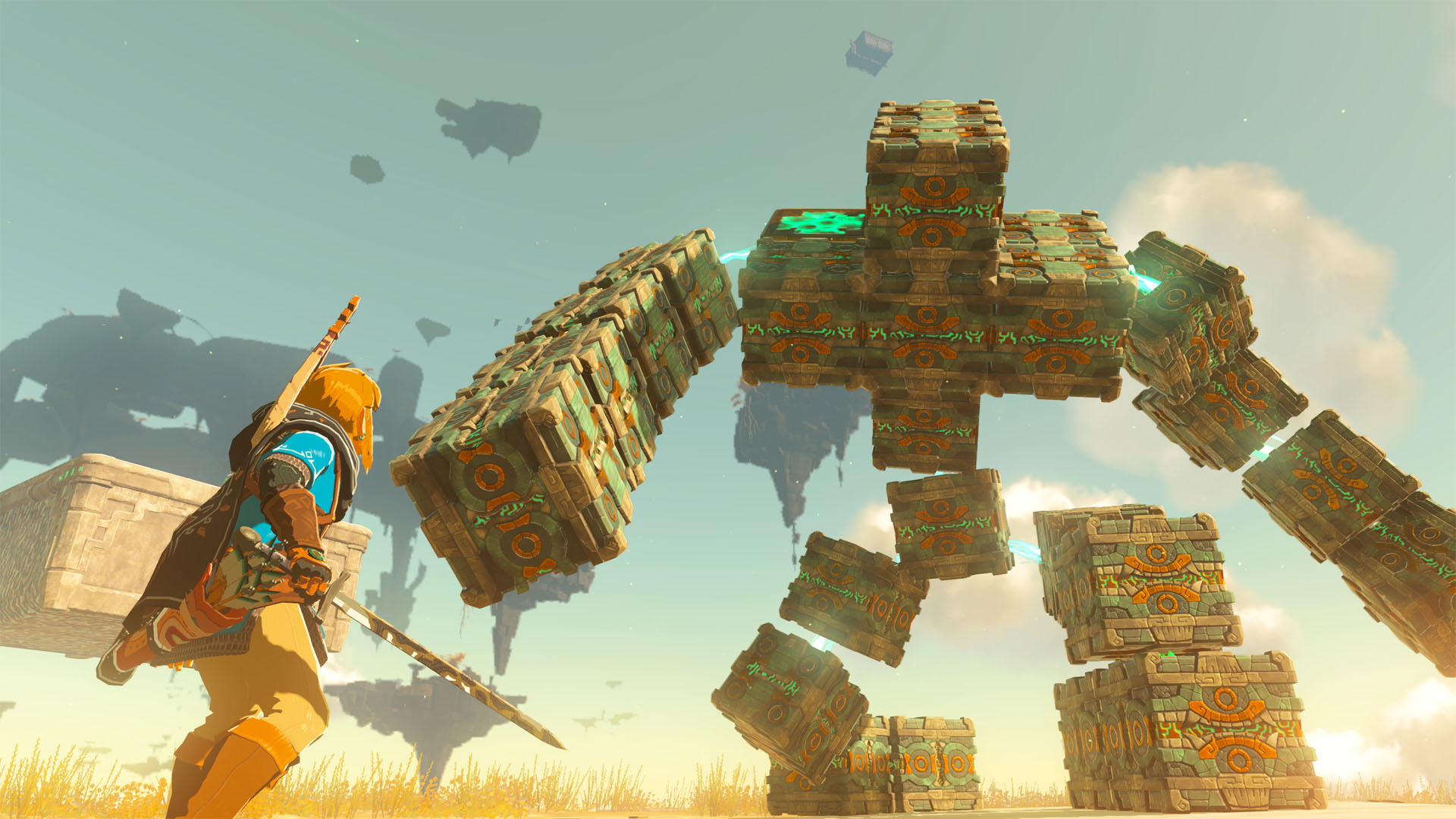thicc_girls_are_teh_best
Member
I'm reading through this thread seeing a bunch of people choose to die on some hill when all we actually have is speculation.
A lot of people just want to confirm preexisting biases when it comes to Nintendo/Switch. I think it's a mix of:
-Steam Deck fanboys who feel threatened by Switch 2
-PlayStation fanboys who feel threatened by Nintendo getting a lot more 3P support with Switch 2
-Xbox fanboys who feel threatened for the hypothetical Xbox handheld by the Switch 2
-Bitter old-school SEGA fanboys whose fear of Switch 2 outweighs their hatred for PlayStation
Nailed it! People are simply too focused on the TFlop number and not architecture improvements and how much they matter.
The CPU and Storage speeds alone are a huge improvement over base PS4, let alone GPU with ampere architecture and DLSS capabilities.
The fact is the Switch 2 will have some incredibly impressive looking titles given the hardware used.
Look at what was achieved on Switch 1 hardware using an off the shelf X1 underclocked with only 4GBs of ram.
Crazy part is, it happens every single time! I thought the PS5/Series X launches would have finally convinced people to move on from that thinking but, clearly not.
I bet most people convincing themselves about Switch 2 being "severely underpowered" don't even know what a cache scrubber is. They are probably the same sort who saw that about PS5 in 2020 and wrote it off as a nothingburger, but don't understand that's one of the multiple reasons it either performed as well as (or better than) Series X in the majority of multiplats early on (and to this day).
It's crazy how well Microsoft and Digital Foundry conditioned a mass of gamers to focus on TFLOPS and little else.
its built on 5nm
That's another thing: some people think these SoCs have all their components on the same node process. That isn't the case and it's never been the case.
Memory controllers, for example, do not scale with die shrinks, and usually are on much larger nodes. Even certain components on the same node are not going to be similarly sized due to architectural and feature differences, but some people picture the smallest component on a chip (e.g shader cores) and imagine every other part of the chip will be at a similar size.
It don't work that way :/
Last edited:





















